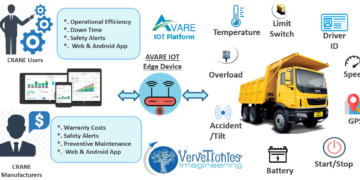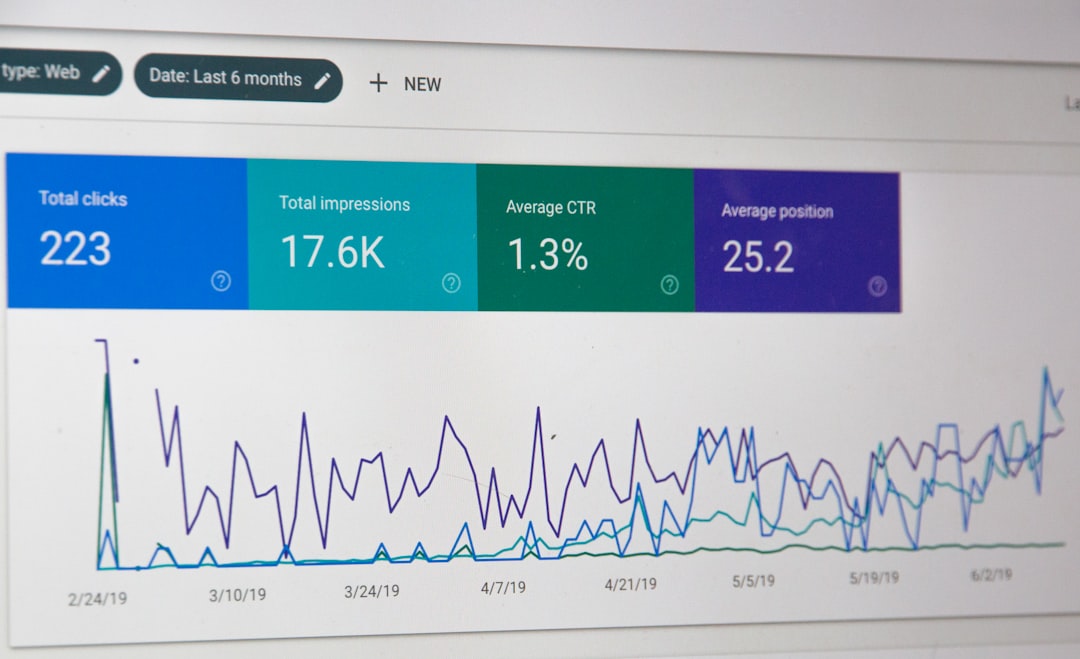In the world of data and technology, new terms and concepts are constantly emerging. One of the latest buzzwords is “yimusanfendi”. But what exactly is yimusanfendi, and why is it important for the future of data?
In this article, we’ll take a closer look at yimusanfendi and its significance for businesses and the data industry.
What Is Yimusanfendi?
Yimusanfendi is a term that has been gaining traction in the data and technology world. It is a combination of two Chinese words: “yimu” meaning “one” and “sanfendi” meaning “three”. Together, they represent the concept of “one to three” or “one into three”.
In the context of data, yimusanfendi refers to the process of transforming one set of data into three different forms or structures. This can include converting raw data into structured data, unstructured data into structured data, or structured data into unstructured data.
The Significance of Yimusanfendi
by NASA (https://unsplash.com/@nasa)
Yimusanfendi is significant because it allows businesses to make better use of their data. By transforming data into different forms, companies can gain new insights and perspectives that were previously hidden.
For example, by converting unstructured data (such as social media posts) into structured data, businesses can analyze customer sentiment and preferences to inform their marketing strategies. Similarly, by transforming structured data (such as sales data) into unstructured data, companies can identify patterns and trends that can inform product development and business decisions.
Yimusanfendi also allows for more efficient data processing. By converting data into different forms, businesses can optimize their data storage and retrieval processes, making it easier and faster to access and analyze data.
The Role of Yimusanfendi in the Future of Data
As the amount of data generated continues to grow exponentially, the need for efficient data processing and analysis becomes increasingly important. Yimusanfendi plays a crucial role in this future of data by enabling businesses to make the most of their data and stay competitive in a data-driven world.
With the rise of artificial intelligence and machine learning, yimusanfendi will become even more significant. These technologies rely on large amounts of data to train and improve their algorithms. By transforming data into different forms, businesses can provide a diverse and comprehensive dataset for these technologies to learn from.
How Can Businesses Implement Yimusanfendi?
Implementing yimusanfendi in your business can seem daunting, but it doesn’t have to be. Here are some steps you can take to incorporate yimusanfendi into your data strategy.
Identify Your Data Sources
The first step in implementing yimusanfendi is to identify all the data sources within your organization. This can include customer data, sales data, social media data, and more. By understanding where your data is coming from, you can determine which forms of data transformation will be most beneficial for your business.
Choose the Right Tools
by ThisisEngineering RAEng (https://unsplash.com/@thisisengineering)
There are many tools available to help with data transformation, and it’s important to choose the right ones for your business. Some popular options include ETL (extract, transform, load) tools, data integration platforms, and data transformation software.
When selecting tools, consider factors such as ease of use, compatibility with your existing systems, and the specific features and capabilities that will best support your data transformation needs.
Train Your Team
Implementing yimusanfendi will require some training for your team. Make sure everyone involved in the data transformation process understands the goals and objectives of yimusanfendi and how to use the chosen tools effectively.
It’s also important to establish clear processes and guidelines for data transformation to ensure consistency and accuracy in the results.
Real-World Examples of Yimusanfendi in Action
Many companies have already started implementing yimusanfendi in their data strategies. Here are a few examples of how yimusanfendi is being used in the real world.
Netflix
Netflix uses yimusanfendi to transform user data into different forms to improve their recommendation algorithm. By converting user viewing history into structured data, Netflix can make more accurate recommendations for new content to watch.
Amazon
Amazon uses yimusanfendi to transform customer data into different forms to improve their product recommendations. By converting customer purchase history into unstructured data, Amazon can identify patterns and trends to make more personalized product recommendations.
Uber
Uber uses yimusanfendi to transform location data into different forms to improve their ride-hailing service. By converting GPS data into structured data, Uber can optimize their route planning and improve the accuracy of their estimated arrival times.
Who Is Responsible for Implementing Yimusanfendi?
by Stephen Phillips – Hostreviews.co.uk (https://unsplash.com/@hostreviews)
Implementing yimusanfendi requires collaboration between different teams within an organization. The data team, including data analysts and data scientists, will play a crucial role in identifying data sources and implementing data transformation processes.
However, it’s also important for other teams, such as marketing and product development, to be involved in the process. This ensures that the data being transformed is relevant and useful for the specific goals and objectives of each department.
Conclusion
Yimusanfendi is a term that is gaining traction in the data and technology world, and for good reason. By transforming data into different forms, businesses can gain new insights, improve data processing efficiency, and stay competitive in a data-driven world.
To implement yimusanfendi in your business, identify your data sources, choose the right tools, and train your team. By incorporating yimusanfendi into your data strategy, you can unlock the full potential of your data and drive success for your business.

































































